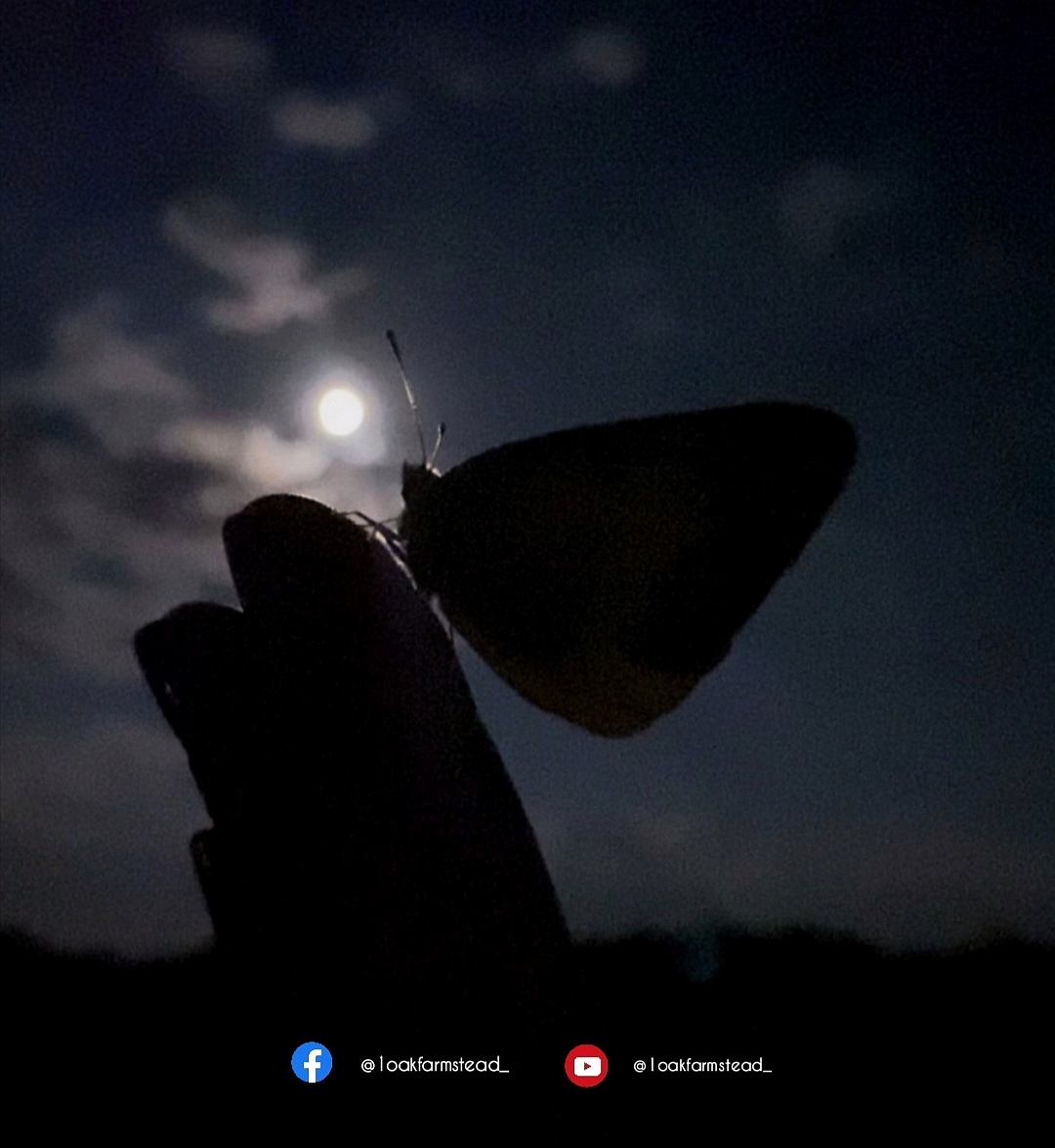Leave a reaction | Ayanda Kunene | Last modified March 6, 2024.
Butterflies are among the most appealing insects found in nature.

As indispensable members of the beneficial insect crew, butterflies are essential pollinators that pick up tiny grains of pollen on their legs and heads as they flutter from flower to flower. Along with bees and hover flies, butterflies play a vital role in plant reproduction.
But more than this, seeing a butterfly at rest on a flower head is profoundly mesmerizing.
The exquisite colors and intricate patterns of butterfly wings seem to shimmer and change color right before our very eyes.
Butterfly wings are actually made up of microscopic scales that overlap like tiny roof shingles. Some are pigmented in specific hues, while others are iridescent and shift in color depending on the angle of view.
Glimpsing these spectacular creatures among your flowers is one of those things that makes the garden such a magical place.
How to Attract More Butterflies to Your Gardens
Gardening for the butterflies is splendidly straightforward. For the most part, if you plant the right plants, they will come.
And with roughly 750 species of butterfly, there’s a diverse mix of butterflies to potentially attract to your lands. To encourage more monarchs, skippers, blues, and swallowtails, you’ll need to think like a butterfly.
Subscribe to 1oak farmstead
Get updates on the latest posts and more from 1oak farmstead straight to your inbox.
Our Shop
Grow Native Flowers
Over the course of millions of years, butterflies and plants have co-evolved to the point of perfect symbiosis. Plants depend on butterflies to cross pollinate and produce seed, while butterflies need flower nectar as a food source to survive.
Growing native flowers is the first step in creating a haven for the butterfly community. The more closely you can match plants to your geographical region, the better.
Plant in Full Sun
It’s no accident that the wildflowers butterflies feed upon are sun-lovers.
Butterflies are literally solar-powered. As cold-blooded insects, butterflies can only fly when temperatures are at least 60°F (16°C), though 81°F (27°C) and above are best. They will bask, with wings spread out, to soak up the sun’s rays and warm up their muscles when they get too cold.
Try to plant your butterfly garden in a spot that receives full sun from the mid-morning to the mid-afternoon – as this is the time of day when butterflies are most active.
Flower Color and Shape Matter
Just as we are, butterflies are drawn to particular flowers because of their shape, color, and fragrance.
While each butterfly species will have its own preferences, most are attracted to blooms that are white, pink, purple, red, yellow, and orange. Flowers with blue or green tones are generally the least liked by butterflies.
Subscribe to 1oak farmstead
Get updates on the latest posts and more from 1oak farmstead straight to your inbox.
Our Shop
Strongly scented blossoms signal to butterflies a rich source of nectar. Large petaled blooms, flat-topped umbels, and short and narrow tubular flowers are the easiest for butterflies to land on and access the sweet stuff.
Plan for Continuous Bloom
Butterflies need good nectar sources from early spring all the way until late in the fall.
To keep them coming back for more, you’ll want to make sure your gardens are in a constant state of bloom.
When plotting things out this spring, include a variety of perennials and annuals with different bloom times that cover the entire season. The goal is for every flower that fades, a new one is ready to come into bloom.
Add some long-flowering varieties for good measure. Deadheading spent flowers can also help prompt a second flush of blossoms.
Grow Butterfly Host Plants
Before they can become gorgeous winged insects, butterflies are first chunky, lumbering caterpillars that spend their days munching on plant foliage.
To be blessed with many butterfly sightings, you’ll need to support the butterfly’s complete lifecycle with caterpillar host plants. Adults will lay eggs on the underside of leaves, and only on plants that are suitable food sources for the hungry larvae.
The host plants that butterflies choose are very specific, and are sometimes exclusive to one plant species. For example, monarch butterflies will only use milkweeds to host their young.
Attract a diverse range of butterflies by planting up a mix of violets, columbine, sunflowers, coneflowers, dill and parsley. Other caterpillar hosts include willow, serviceberry, crabapple, plum, and cherry.
Thank you for tuning in. I bless you.
Until next time.
Pull Up A Seat And Visit Awhile
[Related] But, only you can make it home

What Do You Need?
Now That You Are Here!
#Your1oakPlug over here at 1oak Farmstead™ has a saying " Turn your everyday dust into golden haze."
Learn what you can, when you can! Life and knowledge will grow and thrive when/where you nurture it! Enjoy each season!!
Join the other Friends, Farmers/Homesteaders who get the best of homesteading sprout delivered right to their email every Wednesday and Sunday!

Connect With Us!
Never miss what's new with 1oak Farmstead™.
